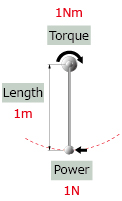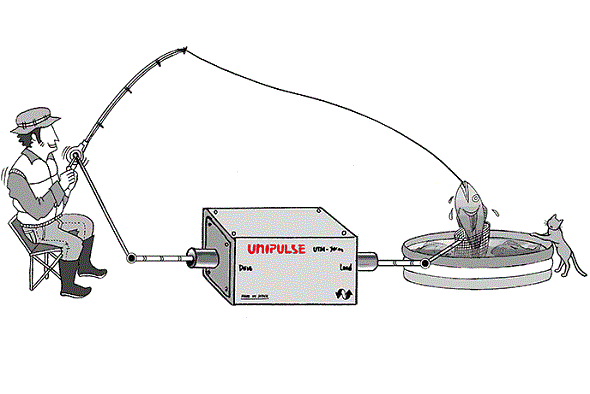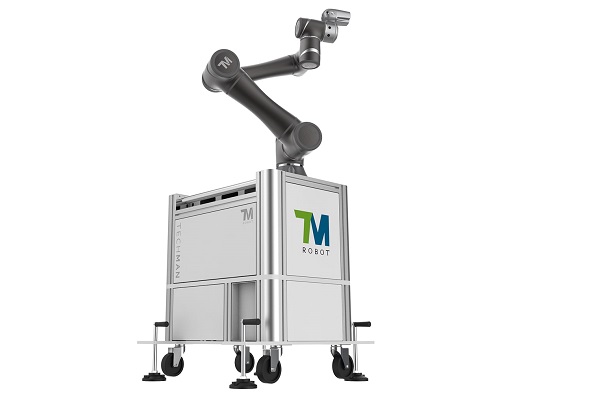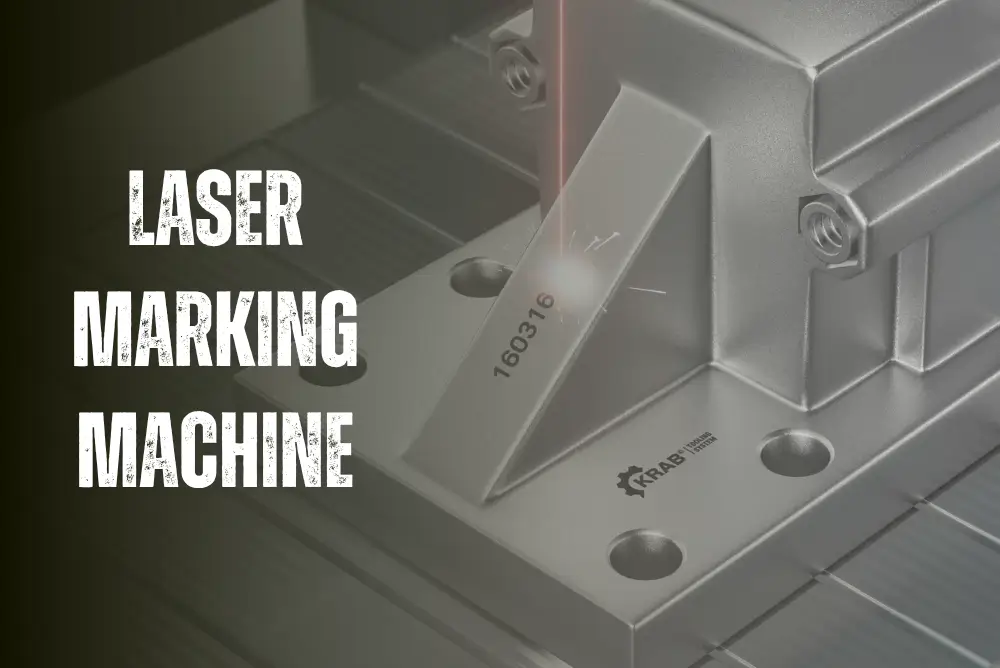1. What is torque?
| Torque is the twisting force applied to a rotating shaft. For instance, when using a screwdriver or wrench, torque applies to bolts and nuts. Torque increases with greater distance from the point of force application. Therefore, torque can be calculated by multiplying the force applied by the distance. Newton meter (Nm) is the SI unit for torque, defined as the force applied vertically at a specific point, one meter away. |
 |
2. What is torque measurement?
Typical tools for measuring torque include torque wrenches. However, continuous force transmission products such as motors, gearboxes, and rollers require devices that can measure torque throughout their operation. Torque meters are designed to measure torque on rotating shafts continuously.
3. Key features of UTMII & UTMIII torque sensors?
UTMII & UTMIII boast several prominent features validated by customer feedback:.
① Compact size
② Smooth rotation
③ High accuracy
④ Integrated amplifier
⑤ Wide measurement range: UTMII operates at 1 kHz (sampling at 6 kHz), while UTMIII operates at 5 kHz (sampling at 20 kHz)
⑥ UTMII has a feedback frequency of 1 kHz (sampling at 6 kHz), making it suitable for a wide range of applications.
⑦ Competitive pricing
⑧ Fast delivery time
4. What is RMP?
RPM stands for "Revolutions Per Minute," indicating the number of rotations per minute.
5. Can I grind or cut the shaft of UTMII & UTMIII?
Absolutely not! The shaft is a sensing component. Cutting the shaft could damage UTMII & UTMIII or adversely affect their accuracy.
6. Operating voltage of UTMII & UTMIII?
They operate on DC24V (current consumption: 100-160mA).
7. What type of cable comes with UTMII & UTMIII?
UTMII & UTMIII come with a 2m long cable, one end with a connector and the other without.
8. I want a 5m cable instead of 2m for UTMII & UTMIII?
We offer an option to upgrade from a 2m to a 5m cable for the UTM series, including Encoder cables. Please check with us for more details.
9. Basic differences between UTMII & UTMIII?
UTMIII is smaller and more user-friendly than UTMII. It features ±10V output (compared to ±5V on UTMII), digital output, and a fast 5kHz analog bandwidth, with options for filter adjustments and digital zero functionality.


 Read more
Read more



